This week we’re stirring up a whole bunch of tasty for you! Anthony’s got a simple stir fry that will rival any takeout joint in your neighborhood, and Elizabeth is stirring up a 3-ingredient cocktail with a new spirit brand that’s getting lots of buzz…
PORK & EGGPLANT STIR FRY
AU: I crave Chinese food about as much as I crave Mexican food (which, for a Texas boy, is pretty much all the time). I love the varied textures, flavors, and aromas that come with it. I love the bite of a super-flavorful dish paired with a bite of unadulterated rice, or slurping up noodles that are slick with chilies and spice.
EK: Well, when you describe it that way, you have me craving Chinese. I like Chinese food, but it’s never been something that I make at home often.
AU: Like many Americans, my first taste of Chinese food was probably a stir fry of some sort. There was a Chinese buffet near where I grew up named Peony. It had this amazing sign with a huge neon peony flower on it, and it was one of my favorite places to go as a kid. One, it was an all-you-can-eat buffet, and two, they had a koi pond. The other members of my family didn’t love Chinese food, so it was also a place that me and my mom would go, just the two of us. It was our special time together, and I always thought we were so cool. Look at us! So worldly! Eating orange chicken and beef with broccoli! Lololol
Obviously, these were suuuuper Americanized versions of Chinese dishes (overly sweet, gloppy, everything deep fried), but it was the gateway food that opened up the world of Chinese flavors to me. It built a foundation of love for not only Chinese cuisine, but also to explore other cuisines of the world. Furthermore, who in their right mind would pass up a plate General Tso’s Chicken? Not me.
Cut to coking stir fry at home. Mom always made them in our 1980s electric wok. She (the electric wok) is iconic, she is the moment, she basically steamed everything. And that’s because the electric wok could not get hot enough to actually stir fry. Later, as I started cooking myself, I also steamed everything.
So what gives?
Well, there are certain rules of stir frying that I wasn’t following:
I wasn’t cooking hot enough. To really stir fry you’ve got to get the pan ripping hot. This makes it difficult to make stir fry dishes in a nonstick skillet (where you wouldn’t want to heat it so hot that it damages the nonstick coating, and in some cases, release bad chemicals into your food). A well-seasoned carbon steel flat-bottomed wok is probably your best tool, but if you have a well-seasoned cast iron skillet, that would work, too. Stainless steel pans are great, but you will have to add more oil to prevent stickage. So heat the pan up ‘til it’s hot, then add your oil… wait for it to start smoking, then add your food to cook.
I was cooking everything together. You gotta keep ‘em separated! Cook in batches, so that you don’t crowd the pan and steam everything. Also cook similar items together. So if you’re making beef and broccoli, you’re going to cook the beef first, remove it from the wok/pan, and then cook the broccoli separately. The final step, is typically to marry the two together in the wok/pan and toss with the sauce just before serving.
Don’t stir the meat right away. When you are cooking the meat in a dish (and this applies to grilling/searing, too), let it sit undisturbed for a minute, so that it forms a nice crust. In high-heat stir frying where the meat is typically thinly cut or a small dice, this means not touching it for 1 minute before stirring it around the pan.
Quick-cooking items go in at the last minute. This probably goes without saying, but if your dish contains things like spinach, peas, scallion greens (etc), you want them to stay bright and tender-crisp. Therefore, they’re the last folks to show up to the party. After everyone is sauced. (you’re welcome).
EK: I love a pun and when it’s a food pun snuck into a tutorial—you get double points!
AU: This is a stir fry that I love because it uses ground pork. I have not tried it with other types of ground meat (chicken, turkey, beef, plant-based meat), but I betcha it’ll work just as well. One of the things I find most annoying about making a stir fry at home is cutting up the meat into thin strips or dicing chicken breast into chunks. You have to dirty up a meat-safe cutting board, you have to wash the knife you’re using, you have to dirty up another bowl to put the meat in… I could go on (can you tell I HATE doing dishes?). But ground meat, you just plop right into the pan!
AU: The stir fry sauce can seem intimidating to home cooks who don’t make a lot of Chinese dishes. Usually, because it consists of a few store-bought sauces with which they may or may not be familiar. This stir fry uses two items that were somewhat new to me, but are readily available in most supermarkets…
Shaoxing Wine is a Chinese rice cooking wine that is used in literally everything (except my weak and steamy stir fry’s of the past). If you are going to make a lot of stir fry dishes, it’s worth picking some up. I didn’t have any on hand, but read that Dry Sherry can be substituted (as pictured above). I also read that Mirin—a sweet Japanese rice wine—can stand in for Shaoxing WIne in a pinch, but to eliminate any sugar that may be in the recipe, as Mirin in much sweeter.
Oyster Sauce is the little engine that could. It’s in so many of the Chinese restaurant dishes you probably enjoy. It gives that can’t-quite-put-my-finger-on-it-sweet-and-salty flavor and signature brown color to most of those signature Chinese takeout dishes. Is it actually made of oysters? Well, yes, but these days most are extracts. If you want to do a deep dive (here I go again), skim this article from Bon Appétit.
Okay, the last thing I want to discuss is cooking with eggplant. Eggplant—whether the long, slender Chinese variety shown above, or the globe variety you’d use to make eggplant parm—is like a friggin’ sponge when it comes to oil. Ever try to sauté some sliced eggplant in oil? It just sucks it right up. So I’ve found a hack… it’s in your kitchen right now…
Yes, it’s the microwave! By nuking the eggplant for just 10 minutes in the microwave, you’ll almost eliminate the need for adding extra oil when stir frying or sauteeing it in other dishes. After its time in the microwave, the eggplant should look shriveled and dry, and have a few brown spots around the edges (see below).
Make some rice, mix together your sauce, prep your veggies, and heat up that wok! A colorful dinner with varied textures and flavors will be done in minutes (unlike the one-note ponies of my past). If you’d like to read more about stir-frying or woks, I highly recommend Kenji López-Alt’s extensive research on Serious Eats. Enjoy!
“THE BEST SPIRIT YOU’VE NEVER TASTED…”
EK: Just like you, I love trying new things. When we were invited to try Mujen, which is a Shochu, I remembered loving the Shochu cocktails at my favorite sushi spot in Chelsea. What I didn’t realize was that Shochu was a category of spirit. I actually thought it was a type of sake.
According to the Mujen website, Shochu is Japan’s #1 distilled spirit and it has been made for more than 500 years. It is distilled from rice and has 0 carbs and 0 sugar, making it allergy friendly for those with gluten, sugar, carb and calorie sensitivities. Plus, the bottle is beautiful, and if that isn’t reason alone to try something new, it never hurts.
AU: And if you’re a fan of Bravo, you’ll recognize the signature bottle! Mujen is a favorite of Andy Cohen’s (you may have seen him getting sloshed on New Year’s Eve with Anderson Cooper and Mujen). It’s also made more cameos in the Real Housewives franchise than Boy George.
EK: At first glance, the bottle of Mujen was true to what the website states, it’s a “spirit that Anthony and I had never tasted.” We had to taste it to determine if it was in fact, the BEST spirit we had never tasted...
AU: I’ve never had Japanese Shochu, but I’ve tasted Korea’s similar version of this spirit, named Soju. Apparently, Japanese Shochu is purer (meaning no additives are allowed) and has a higher alcohol content.
EK: We smelled it first. Mujen smells like a cross between vodka and sake. When we tasted it, we both decided that it is smooth and easy to drink.
We immediately started brainstorming how to dress it up with candied kumquats, or use it for a Martini with Lychee or even over ice with a shiso leaf.
In truth, I thought that I would most likely chill the bottle and sip it neat like a good blanco tequila, but then I saw their recipe for The Lucky Cat! I love the name of the drink, and it makes me wish that I had one of those fun happy good-luck Japanese statues with the springy (waving) arm which are called “Beckoning Cat” in Japan.
EK: The drink is made simply with Punt e Mes, Mujen, and an orange twist. I have Punt e Mes on hand, and recently, I have been drinking it over ice with some Topo Chico. It is an example of a vermouth amaro and the name translates to mean point and a half, meaning it is one part (sweet) vermouth and a 1/2 part (bitter) like Fernet-Branca.
Since I already had all the ingredients to make the drink, it was an easy experiment. It is poured and stirred in the same glass that you drink it out of, which means it’s as easy to make as it is to drink!
I tried it with an orange twist and decided that I liked a lemon twist better, so this is my twist on their cocktail. The Punt e Mes is stronger in flavor than the Mujen so if you like bitters, amaro and vermouth, you will love this drink because it is all those flavors with a little more oomph.
The Lucky Cat Cocktail
There is something about this cocktail that makes me want to call it The Happy Cat—maybe because it puts a smile on my face!
Makes 1 drink
1 1/2 ounces Mujen (I used the Original, But the site calls for Mujen X)
1 1/2 ounces Punt e Mes
Garnish: Lemon Twist or Orange Twist
Pour Mujen and Punt e Mes in a double old-fashioned glass.
Add a large ice cube.
Stir for 10 seconds and add citrus twist. If you prefer a lighter aperitif, add an ounce of filtered water.

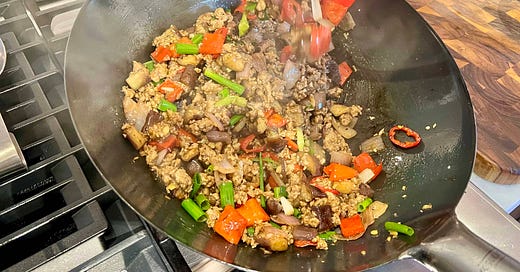




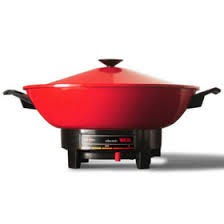
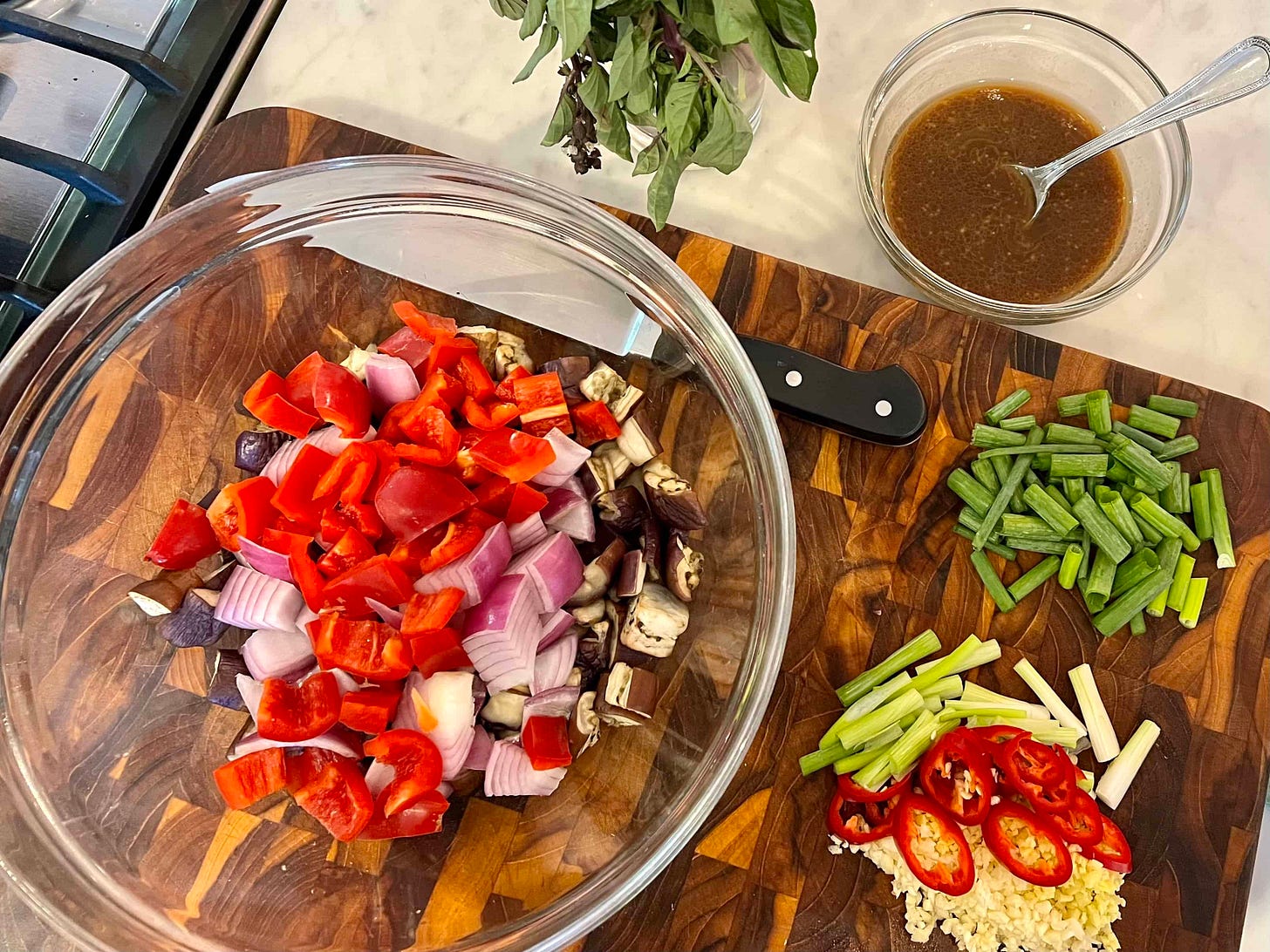


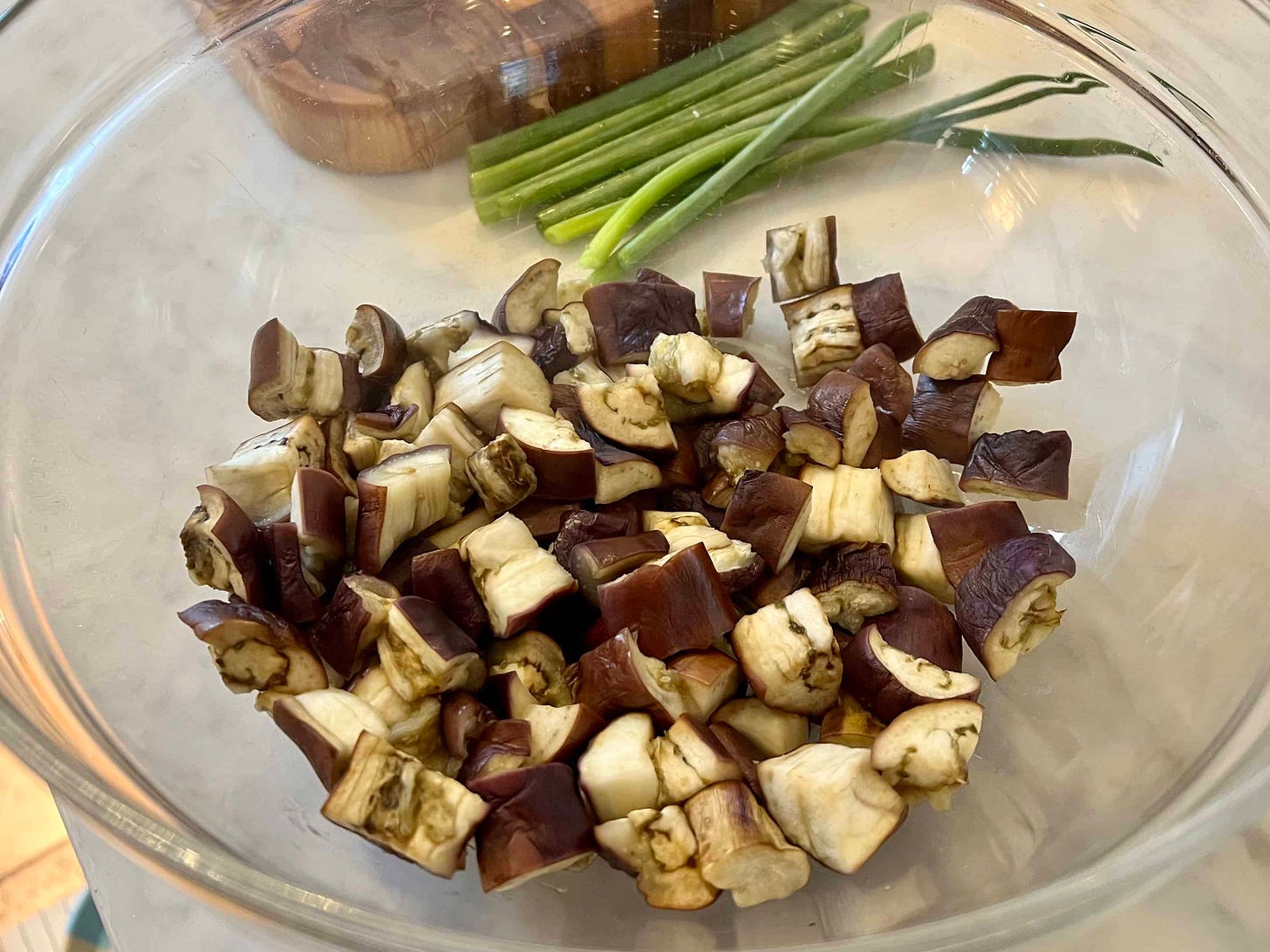
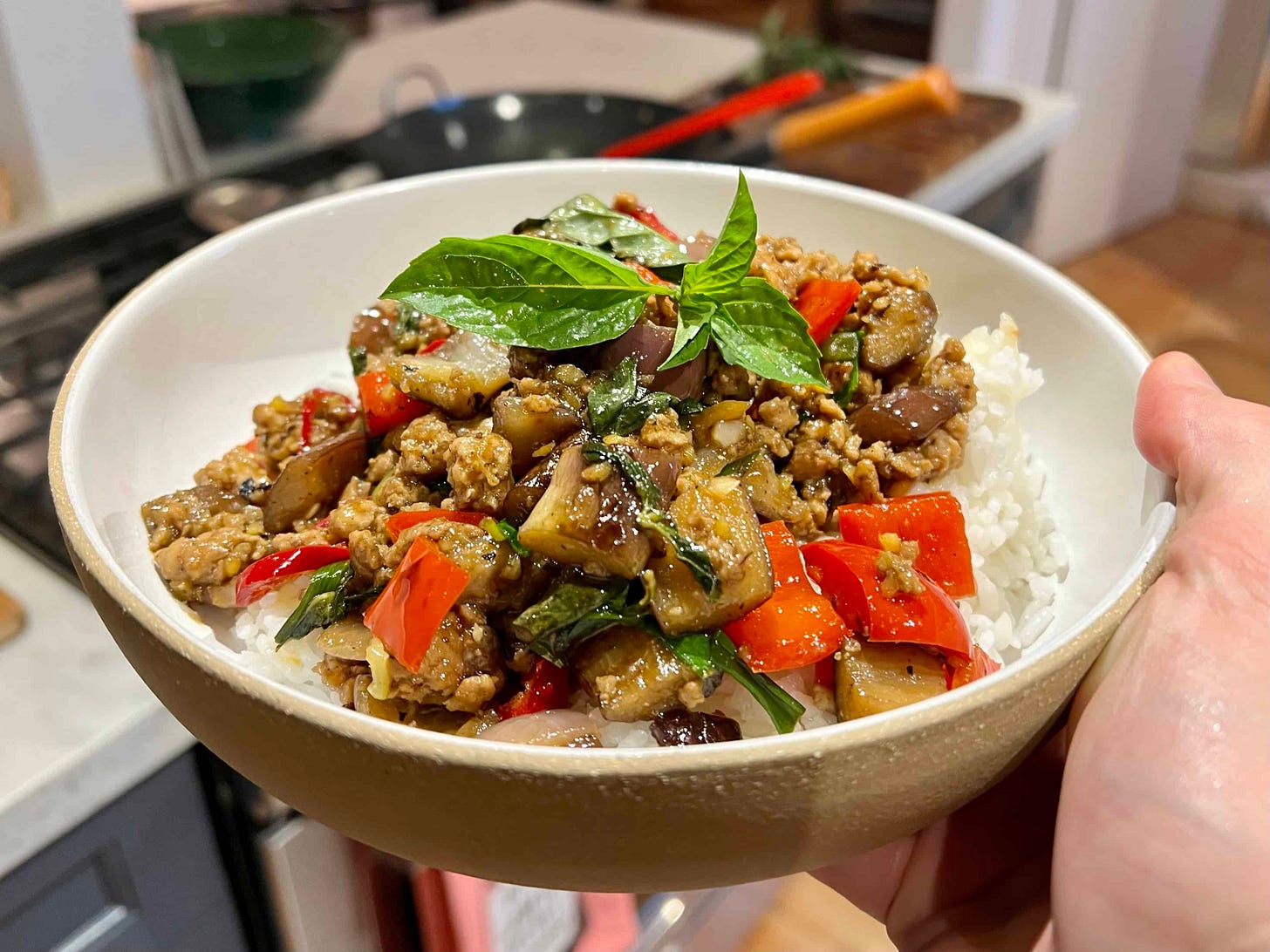
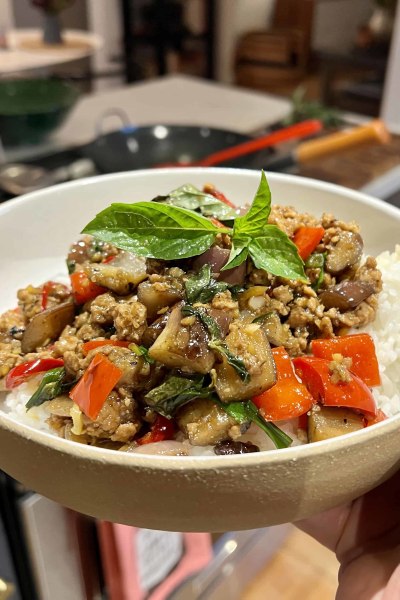

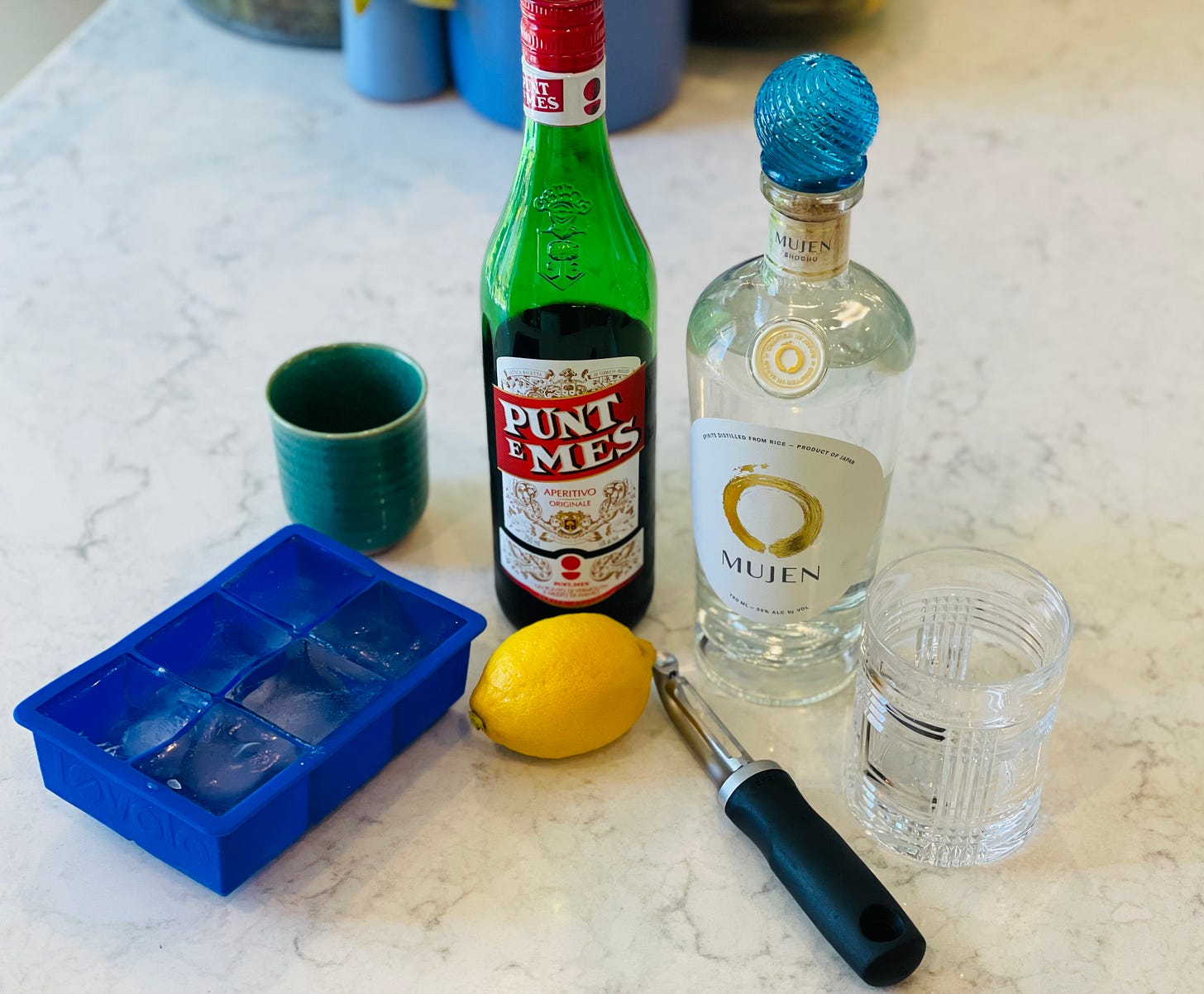
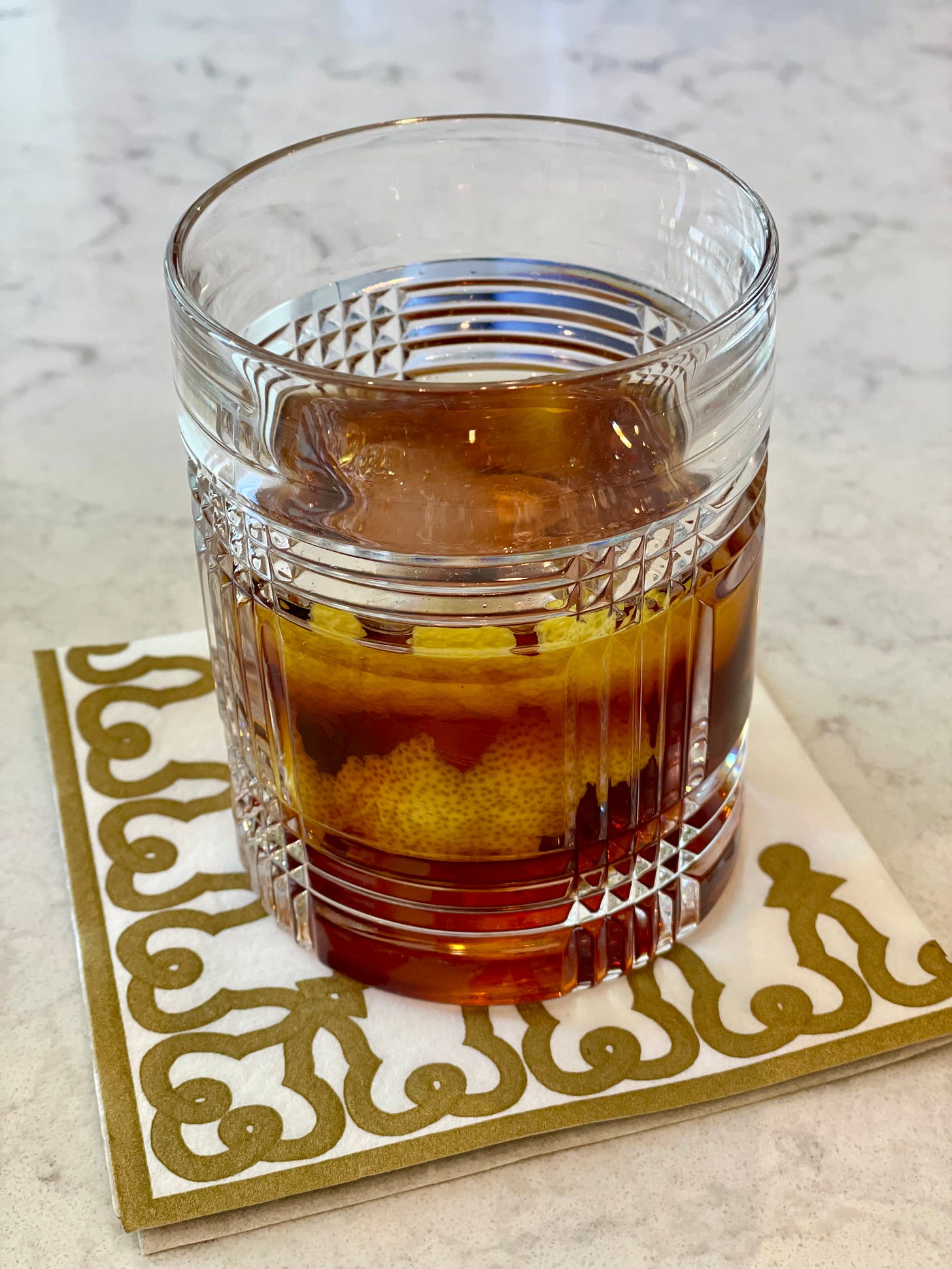
Looks like our Friday night is planned! 😋